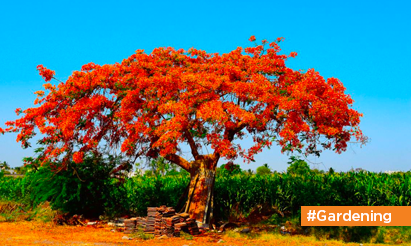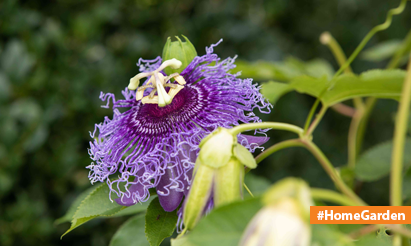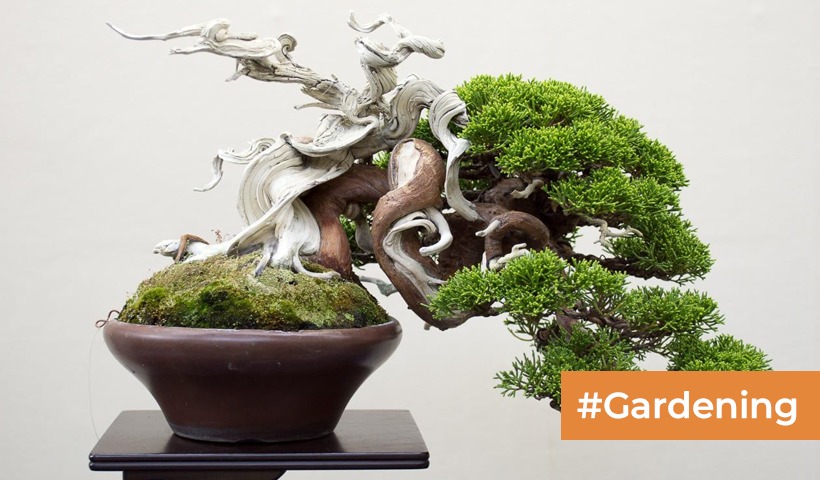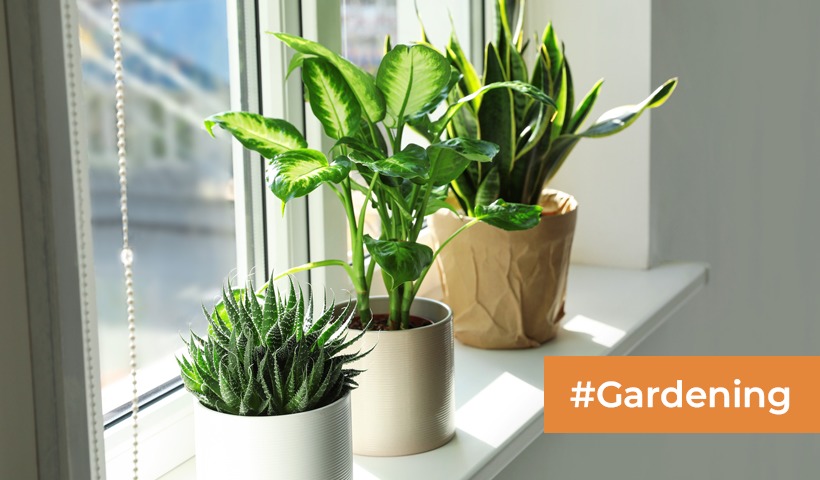The Enigmatic Bakul Tree: Unlocking the Secrets to Successful Growth and Care!
The bakul tree (Mimusops elengi) is a beautiful and fragrant evergreen tree that is native to tropical Asia. It is also known as the Spanish cherry, Indian medlar, or bullet wood tree. Bakul trees are easy to grow and care for, and they can be grown in a variety of climates.
Historical Significance and Cultural Importance
Throughout history, the Bakul tree has been revered in various cultures and religions. In Hindu mythology, it is often associated with love and devotion, symbolizing eternal beauty and fragrance. Its mention in ancient texts and scriptures further solidifies its place in cultural lore, making it a cherished symbol in many societies.
Characteristics of the Bakul Tree
Appearance
The Bakul tree is characterized by its glossy evergreen leaves and small, fragrant flowers that bloom year-round. Its dense foliage provides ample shade and shelter, making it a popular choice for ornamental landscaping.
Growth Habits
Known for its slow growth rate, the Bakul tree can reach heights of up to 50 feet when fully mature. Its sturdy trunk and branching structure give it an elegant silhouette, adding to its visual appeal.
Environmental Requirements for Successful Growth
Climate
The Bakul tree thrives in tropical and subtropical climates, preferring temperatures between 68°F to 86°F. It is relatively tolerant of heat and humidity, making it suitable for regions with hot summers.
Soil Conditions
Well-drained, loamy soil with a slightly acidic to neutral pH is ideal for Bakul tree growth. Adequate soil moisture is crucial, although the tree can withstand short periods of drought once established.
Sunlight and Watering Needs
While the Bakul tree prefers full sun to partial shade, it can adapt to various light conditions. Regular watering is essential during the growing season, ensuring that the soil remains consistently moist but not waterlogged.
Propagation Methods
Seeds
Propagation of the Bakul tree is commonly done through seeds, which should be sown in well-prepared soil during the spring or early summer months. Germination may take several weeks, after which seedlings can be transplanted into individual containers.
Cuttings
Alternatively, Bakul trees can be propagated from semi-hardwood cuttings taken from healthy parent plants. These cuttings should be treated with rooting hormone and planted in a well-draining rooting medium until they develop roots.
Planting and Transplanting Tips
When planting Bakul trees, choose a location with ample space for root expansion and good air circulation. Young trees should be planted at the same depth as they were in their containers, with the soil thoroughly watered after planting to reduce transplant shock.
Pruning Techniques for Health and Aesthetic Appeal
Regular pruning is essential for maintaining the health and aesthetics of Bakul trees. Remove dead or diseased branches, as well as any crossing or rubbing branches that may inhibit proper growth. Additionally, shaping the tree’s canopy can enhance its overall appearance.
Common Pests and Diseases
Identification
Bakul trees are relatively resistant to pests and diseases, but occasional issues may arise. Common pests include aphids, scale insects, and caterpillars, which can be controlled through natural predators or horticultural oils. Fungal diseases such as powdery mildew and root rot may occur in poorly drained soil or humid conditions.
Prevention and Treatment
To prevent pest infestations, maintain good cultural practices such as proper watering and fertilization. Regular inspections of the tree for signs of pest activity or disease can help identify problems early, allowing for prompt treatment with appropriate insecticides or fungicides.
Here are some tips on how to grow and care for a bakul tree:
- Choose a sunny spot. Bakul trees need full sun to partial shade to thrive.
- Plant in well-draining soil. Bakul trees are susceptible to root rot, so it is important to plant them in soil that drains well.
- Water regularly. Bakul trees need regular watering, especially during the first year after planting.
- Fertilize in the spring. A light application of fertilizer in the spring will help to promote healthy growth.
- Prune as needed. Bakul trees can be pruned to maintain a desired shape or size.
Bakul trees are relatively pest- and disease-resistant. However, they can be susceptible to aphids, scale, and mealybugs. If you notice any pests or diseases, you can treat them with an insecticidal soap or neem oil.
With proper care, bakul trees can live for hundreds of years. They are a beautiful and fragrant addition to any garden.
Here are some additional benefits of bakul trees:
- Fragrant Flowers: Utilized in religious ceremonies for their aromatic essence.
- Durable Wood: Valued for furniture, carving, and musical instrument construction due to its strength and durability.
- Medicinal Bark: Employed in traditional medicine to address various ailments, showcasing its therapeutic properties.
Bakul trees are a valuable addition to any garden. They are beautiful, fragrant, and provide a variety of benefits. If you are looking for a low-maintenance tree that is easy to care for, a bakul tree is a great option.
FAQs
- Is the Bakul tree suitable for growing in containers?
- While young Bakul trees can be grown in containers, they may eventually outgrow their pots and require transplantation to larger containers or outdoor planting.
- How often should I water my Bakul tree?
- Watering frequency will depend on factors such as temperature, soil type, and rainfall. Generally, water deeply and regularly during the growing season, allowing the soil to dry slightly between waterings.
- Are Bakul trees susceptible to any specific diseases?
- While relatively resistant to pests and diseases, Bakul trees may occasionally suffer from fungal infections such as powdery mildew or root rot in poorly drained soil or humid conditions.
- Do Bakul trees attract pollinators?
- Yes, the fragrant flowers of the Bakul tree attract a variety of pollinators, including bees, butterflies, and birds, contributing to ecosystem health and biodiversity.
- Can I grow a Bakul tree from a cutting?
- Yes, Bakul trees can be propagated from semi-hardwood cuttings taken from healthy parent plants. Treat the cuttings with rooting hormone and plant them in a well-draining rooting medium until they develop roots.
Disclaimer: The views expressed above are for informational purposes only based on industry reports and related news stories. PropertyPistol does not guarantee the accuracy, completeness, or reliability of the information and shall not be held responsible for any action taken based on the published information.




